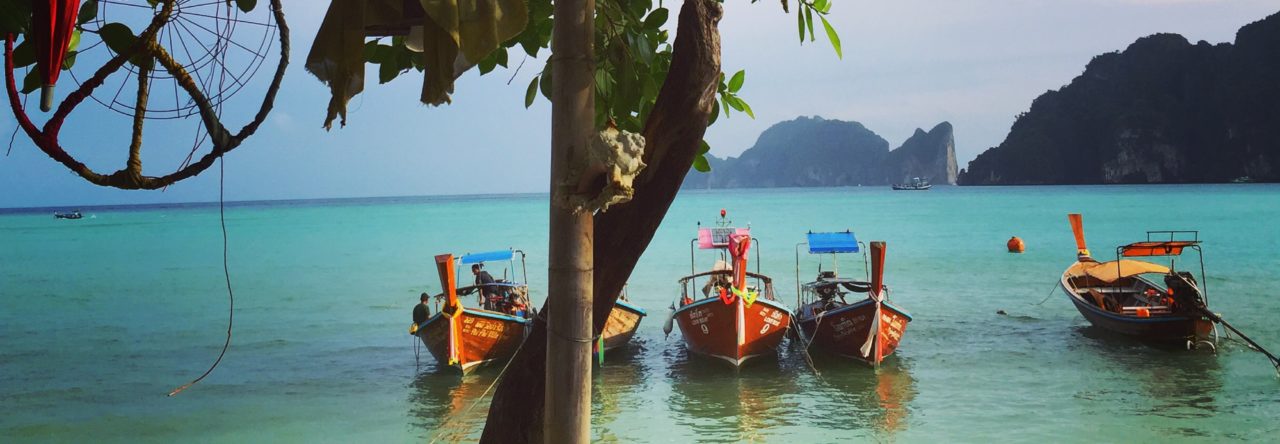2011. I was living in Thonburi, Bangkok, just over the river from the well-known Khao San Road, the neon-light, bar-filled street where many a backpacker spends the first nights of their Southeast Asian adventure, likely crouched over a plate of Pad Thai with a cheap and very strong cocktail of dubious alcohol. This was my second time living in the mega-city at the beating heart of Thailand. Bangkok sits on the Chao Praya River that winds down from northern Thailand via the old capital of Ayuthaya, before it runs out into the Gulf of Siam a few miles south. Bangkok in the old days was known as the Venice of the East – the city was once criss-crossed by a large network of canals – khlongs in Thai. The boats that plied the river were the most important form of traffic at the time. Some of these khlongs are still there, and in use, but many of them have reluctantly given way to a concrete jungle that has grown up over the years, and anyone that knows Bangkok will probably agree, the nickname “world’s largest car-park” can be appropriately applied.
Category: travel
Recently, there has been a huge amount of discussion on the impact of COVID-19 on tourism. Today, The Guardian published a piece on how Thailand’s islands have been affected, given their huge reliance on tourism. “Deserted beaches, empty bars: Covid-19 devastates Thailand’s tourist islands” is the headline.
I have spent a number of years in Thailand, and worked in travel, seeing how development has changed places. But, as my earliest time in the Kingdom was 2004, to go back further I have to look at old guidebooks. I have been collecting Lonely Planets from the 1980s and fascinated by how places used to be. Well-known Thai islands such as Koh Samui are in normal times packed out with tourists filling the thousands of hotels, guesthouses, restaurants, bars, tourist shops etc. But such islands only a few decades ago were sparsely populated, with small fishing and farming communities that were relatively cut-off from the mainland. When I read about these places, I wish I was able to experience them before all the other tourists and development arrived, but at the same time mindful that any arrival in any destination furthers scope for development.
When I’m at home at the best of times, I long for travel. But that’s nothing compared to the feeling I have right now, when it’s not even possible to travel out of my front door: I crave travel. That feeling of freedom to wander, new experiences, new people, new cultures, new food.
Never again will I take travel for granted. Whilst good travel books provide some relief, there are YouTubers out there producing some incredible content that can make you feel like you’re out there too, not here, avoiding outside human contact.
In no particular order here are five YouTube travel channels deserving of your time:
